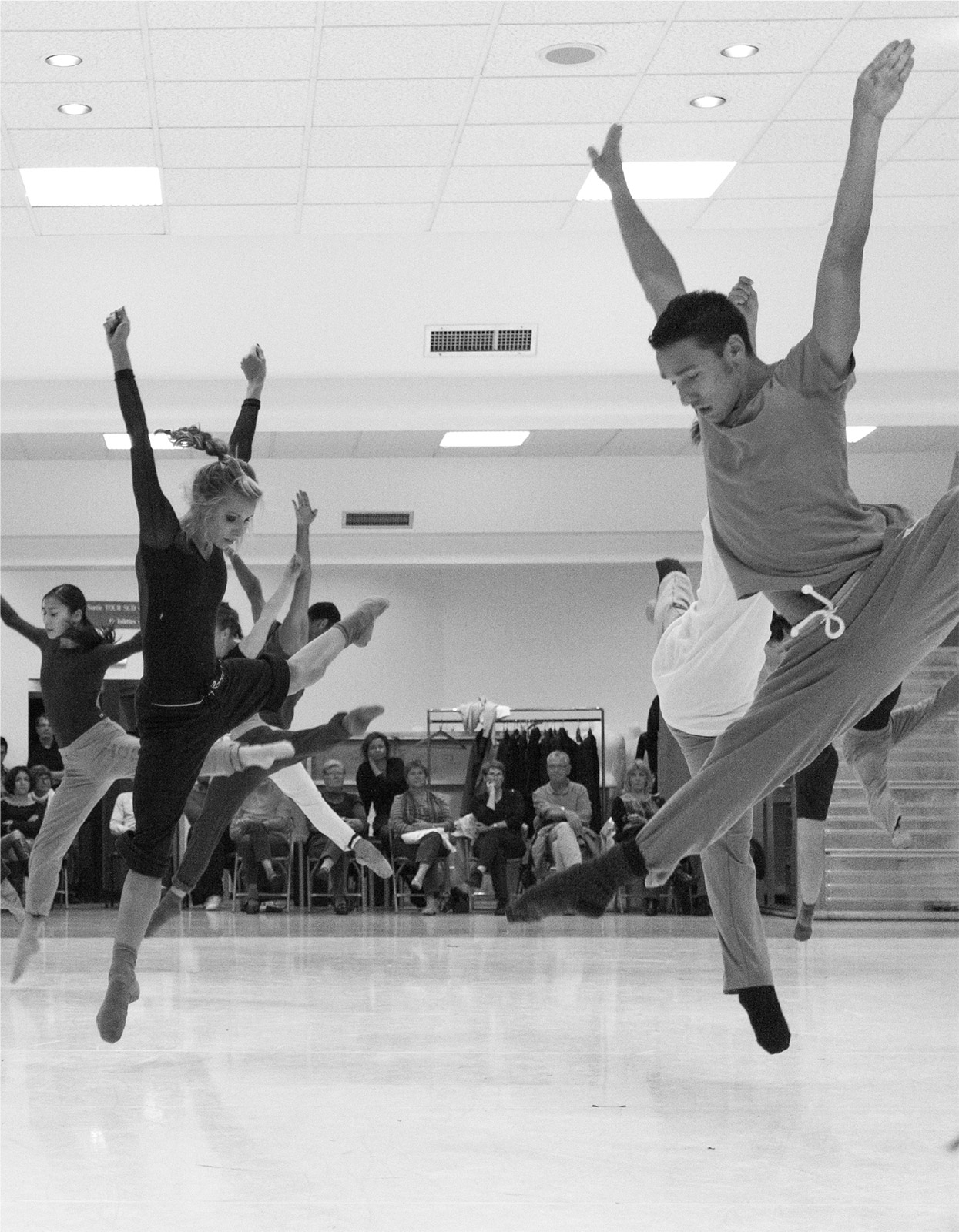Neoclassic
ballet
Can we use the term “neoclassical” ballet?
Among those choreographers who use pointes, and those who gave up on them; among the storytellers and the abstract players; among masters, expressionists, and romantics; among Americans, Russians, Dutch, Germans, English, Asians, French; what do they have in common? A vocabulary earned through ancient ideals but gifted with a regeneration phenomenon.
All of them rely on an original vocabulary, to which words added, taken away, distorted, in order to express present time, appeared from such various intentions that it would be long and complex to go back to the roots: In Russian ballets with Sergey Diaghilev, Michael Fokine, inspired by Isadora Duncan's, Vaslav Nijinski's, Leonid Myasin's, Bronislava Nijinska's, George Balanchine's free dancing; in France, after a lot of forgotten artists, Serge Lifar, Roland Petit, Maurice Béjart or Janine Charrat... Choreographers inspire one another, question the acquired vocabulary, while the singularity, or even the genius of their work will act as a breaking point.
The term "neoclassical" is coined for the first time by Serge Lifar in his book "Traité de danse académique" (Treaty for academic ballet), published in 1949. But beyond its usage and definition, the neoclassical style, with which Serge Lifar claims that he came up, evokes rather a synthesis of constant evolutions embedded in any living being.
One can then question the validity of the prefix "neo", which describes something new and shows a rupture with the past. Some might even think of themselves as simply "contemporary" because they display a modern style of dancing, which can be challenged and experienced as fraud for neoclassical expression critics.
One can bet that soon will appear terms such as postclassical, new classical, or even a future neo-postclassical, or neo-new classical, before, finally across all selections, the most eminent works will have come back to being "classical".
To paraphrase Albert Camus, "miscalling things doesn't add to the misery of the world".
To learn more about this, read Thierry Malandain's article:
neoclassical ballet?

